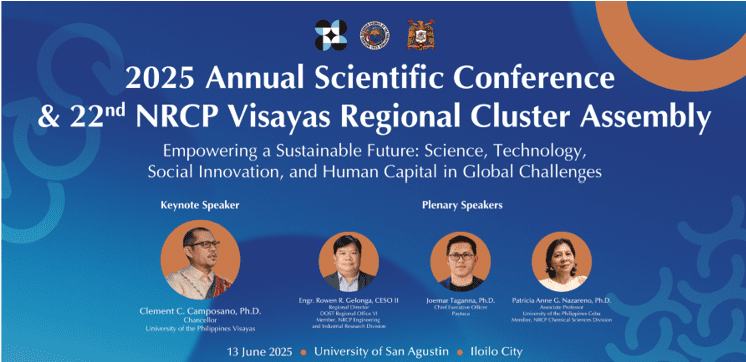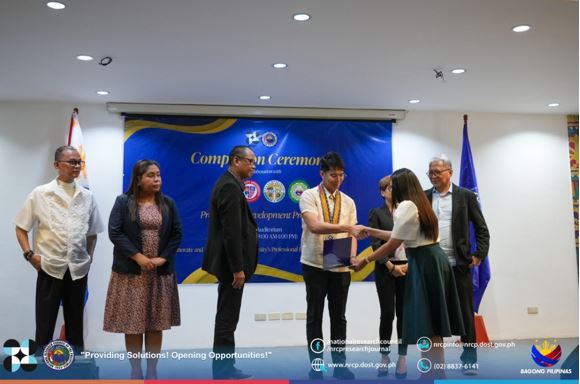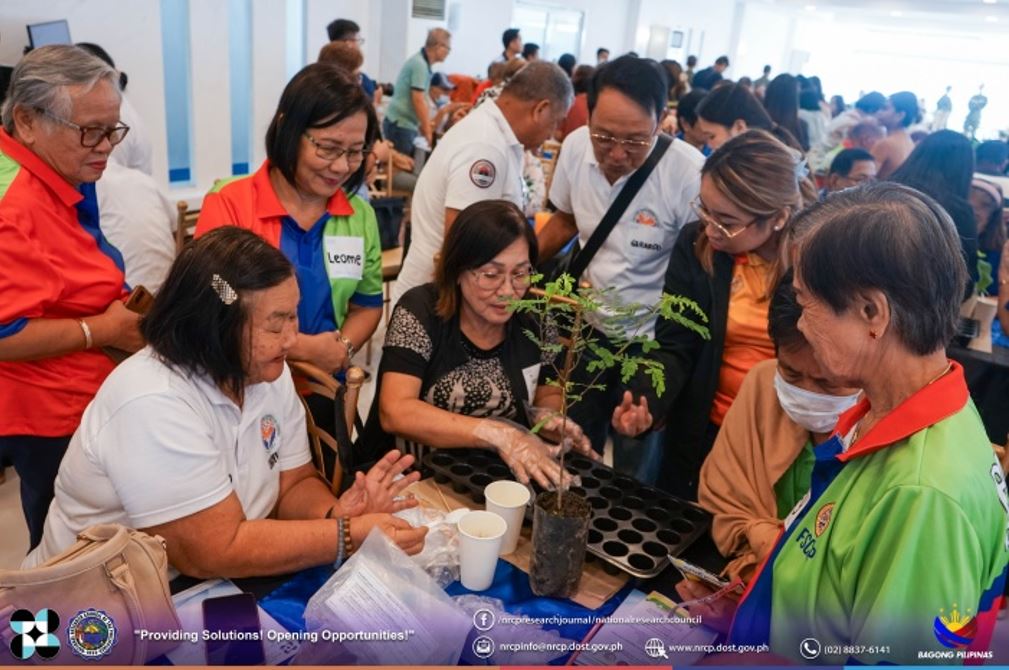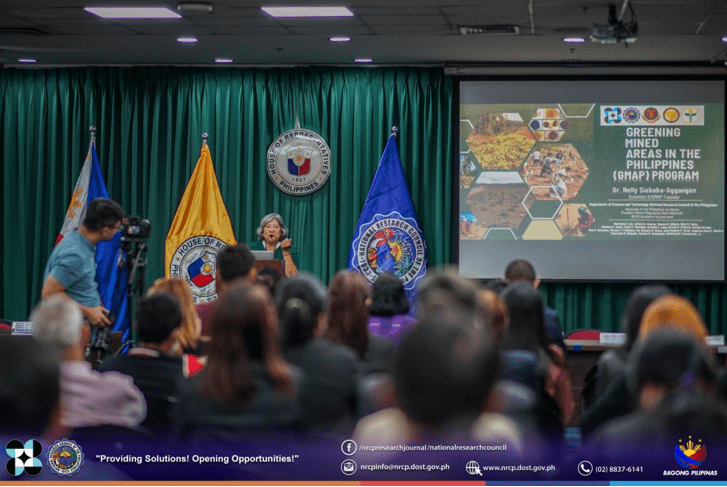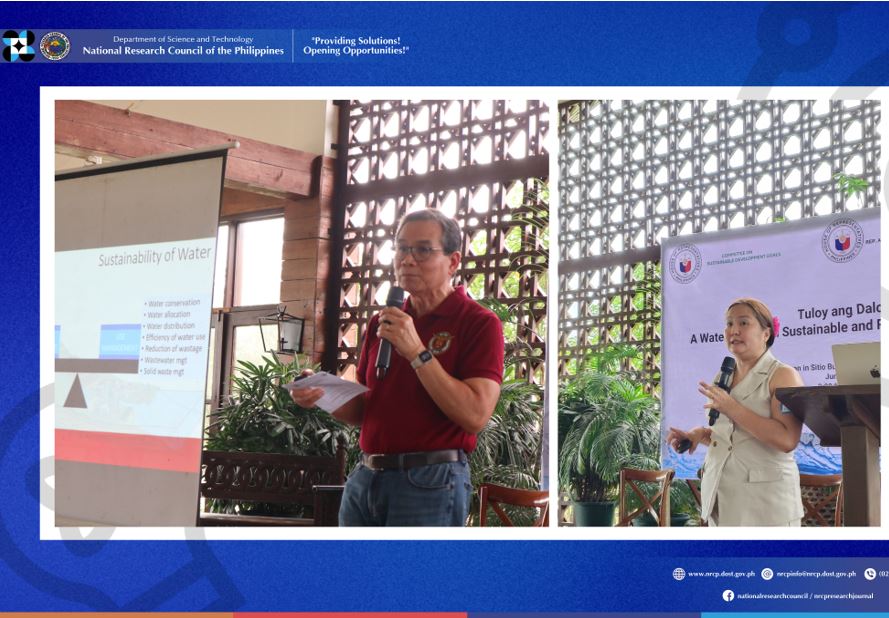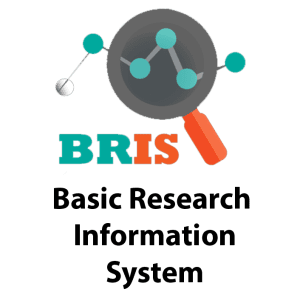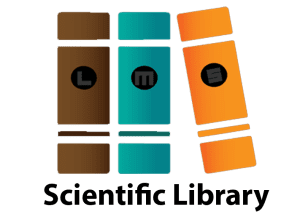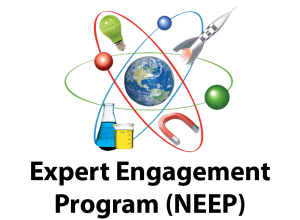THE GROWING THREAT OF MICROPLASTICS AND PLASTICS
The World Bank estimates that the Philippines use an overwhelming 163 million pieces of sachets per day. A staggering 2.3 million tons of plastic waste are generated in the country annually. Unfortunately, only 28% of key plastic resins are being recycled while the rest are simply discarded. So, where does the remaining 72% of these plastics go? To find it, one no longer needs to go to the nearest scrap shop but they can simply open their refrigerators.
In celebration of the National Science and Technology Week (NSTW) 2022, the National Research Council of the Philippines made the call to increase awareness in the growing threat of microplastics and plastics on food security, environment, and health by featuring NRCP-funded Projects on plastics in the marine environment and microplastic contamination among marine species.
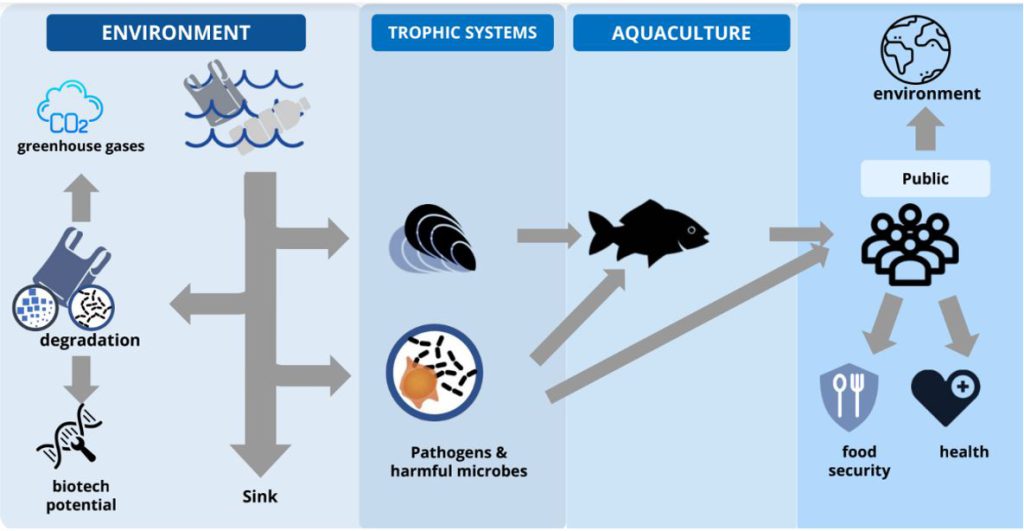
Despite the convenience and other benefits brought about by the invention of plastics, shown above is the general flow of how these materials negatively affect our environment, food security, and health. A presentation of NRCP-funded project titled, Marine Microbes and Plastic Debris: Research Status and Opportunities in the Philippines by Balik Scientist and UP Diliman Associate Professor in Marine Science Institute Dr. Deo Florence Onda, the plastic-microbe interactions in marine environments and its implications with the unresolved plastic pollution issues in the country was discussed.

Dr. Onda’s team sampled 240 mussels in eight (8) study sites such as the wet market in Marikina, fish port in Navotas, fish landing center in Bacoor, riverside in Obando, aquaculture farms in Antique, Bayabay, Macelelon, and Bicol. Dismally, 100% of the samples have tested positive for microplastics. Most of the plastics found in their study are type 4 plastics such as thin plastic wraps, labels, packaging, foamed fragments, fishing lines, nets and ropes, bags, straws, and pipettes.
The Balik Scientist speaker, Dr. Onda, reiterated that there is a need to support and strengthen plastic research in the Philippines given the implications of plastics and microplastics in various aspects of our lives.

It is even more alarming to know that pieces of evidence from the study led by NRCP Regular Member from the Division of Engineering and Industrial Research, Dr. Rey Y. Capangpangan, proves that plastic debris and microplastics are present in various fish, sediment, water, and benthic organisms.
Through the NRCP-funded project titled, Assessment of plastic debris and of microplastics in different specimen (fish, sediment, water, benthic organisms) in selected aquatic environments in Mindanao and exploration of relative stress biomarkers, Dr, Capangpangan and his research team discovered that “microplastics are found in cultured and in wild and in nekton and benthos organisms.”
Of the 383 extracted particles collected from 30 bangus samples in Butuan and Nasipit Fish Cage, 235 were confirmed to be microplastics. Meanwhile, out of 163 extracted particles from 135 individual mud clams in mangrove stations along Butuan Bay, 30 were also confirmed as microplastics.
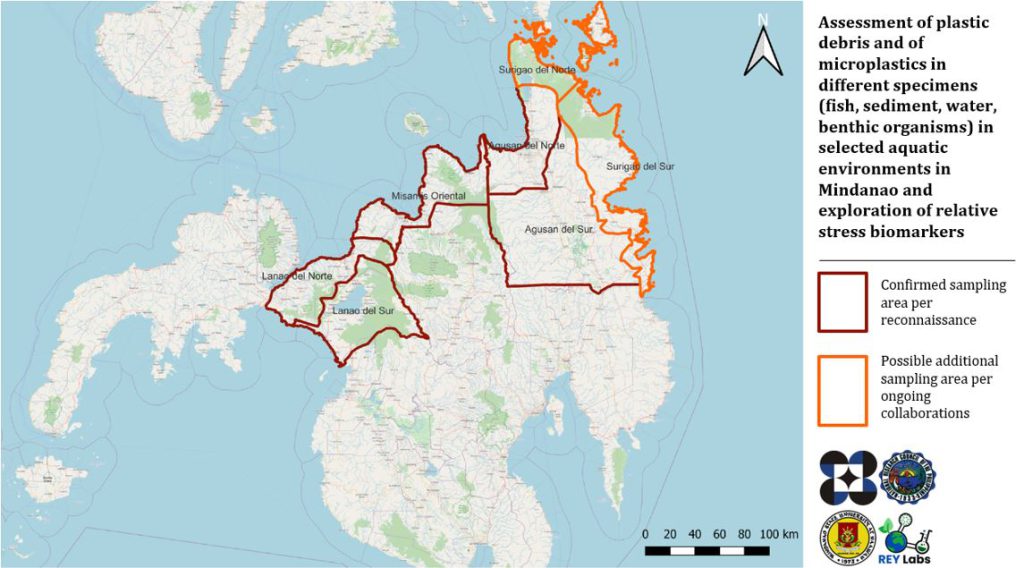
DOST Secretary Dr. Renato U. Solidum, Jr. stated the importance of the NRCP’s NSTW webinar as this is a step to ensure that while we profit from our natural resources, we should also ensure its sustainability for the benefit of Filipinos in the future.

Indeed, “Big threats come in small particles” National Research Council of the Philippines’ Executive Director Dr. Marieta Bañez-Sumagaysay emphasized as she closed the hybrid event.
Written By: Regine Pustadan, Information Officer II






